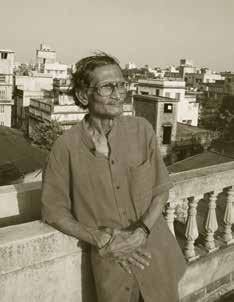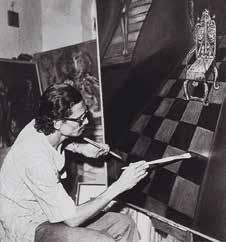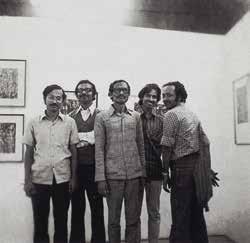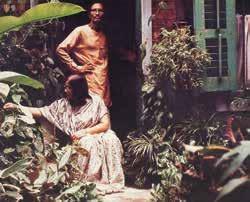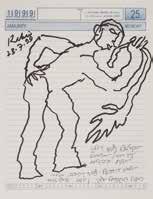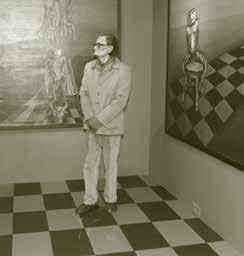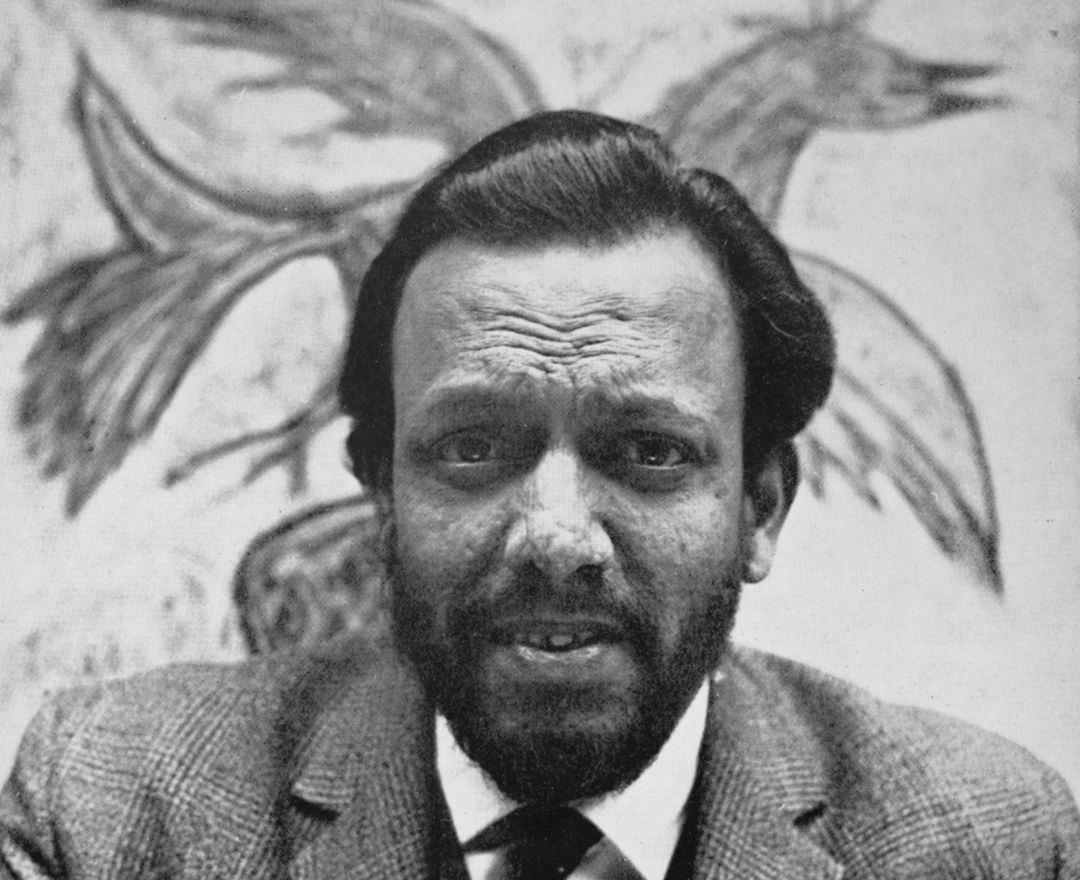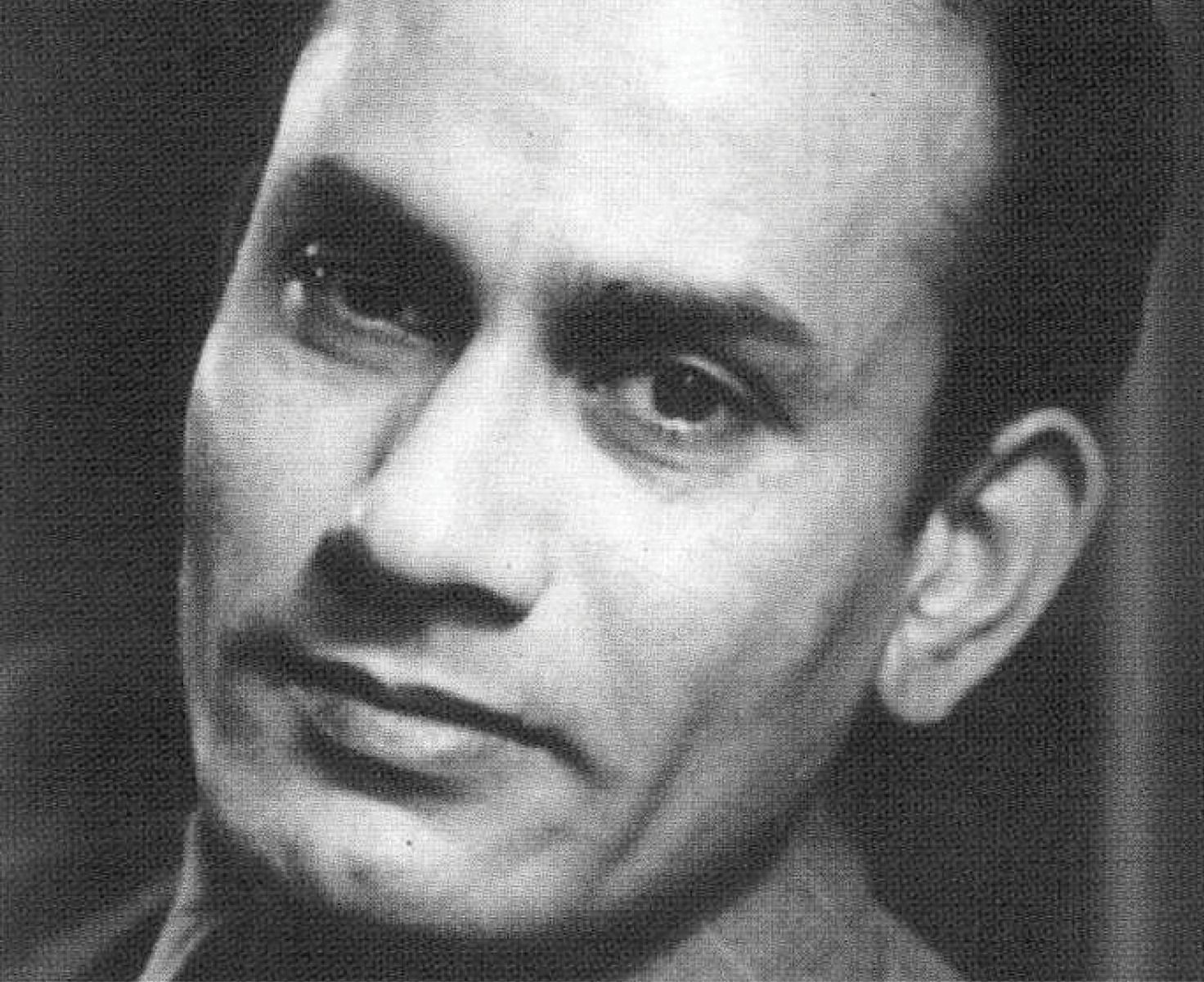Rabin Mondal
Rabin Mondal
Rabin Mondal
|
1929 - 2019 Rabin Mondal |
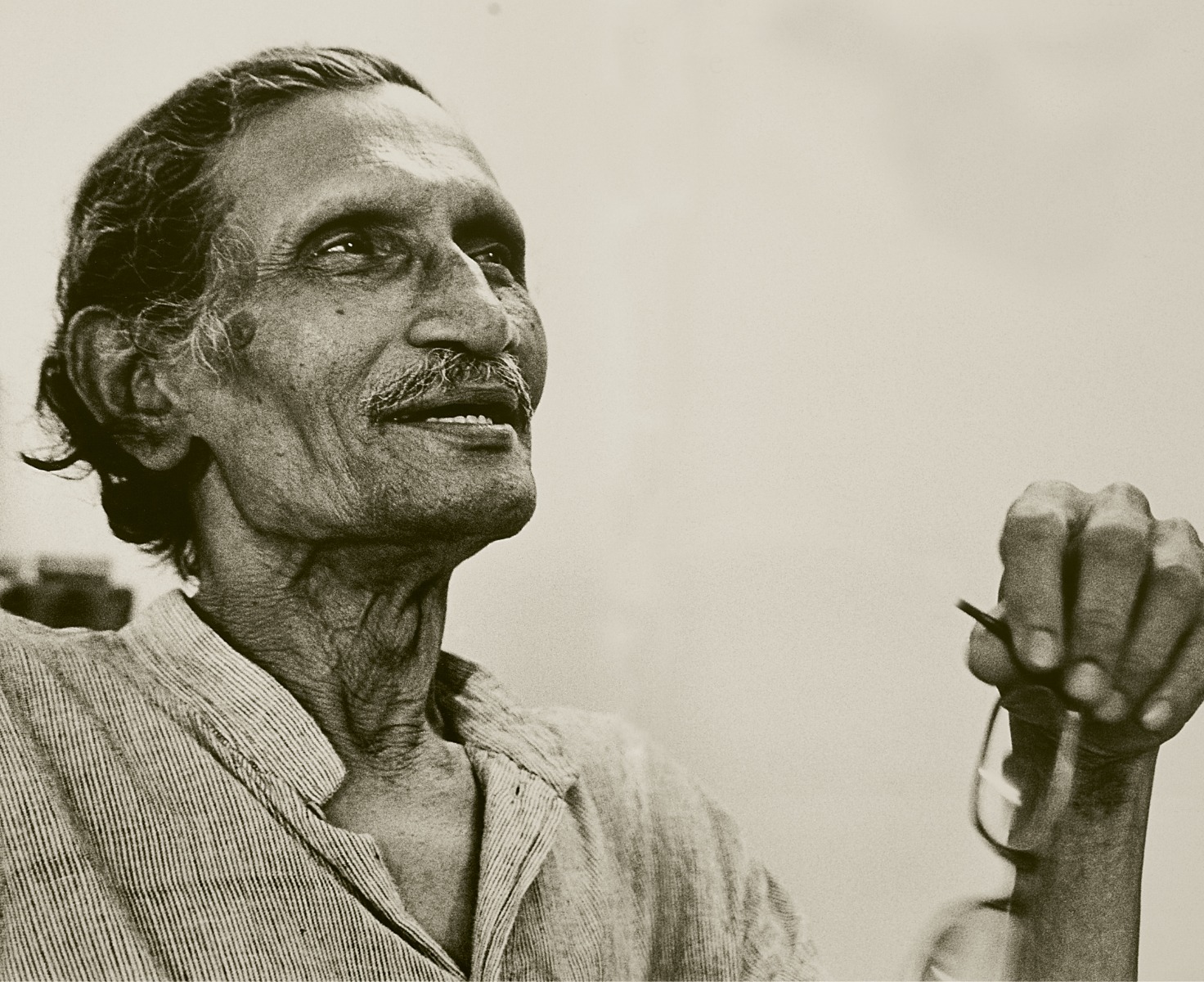

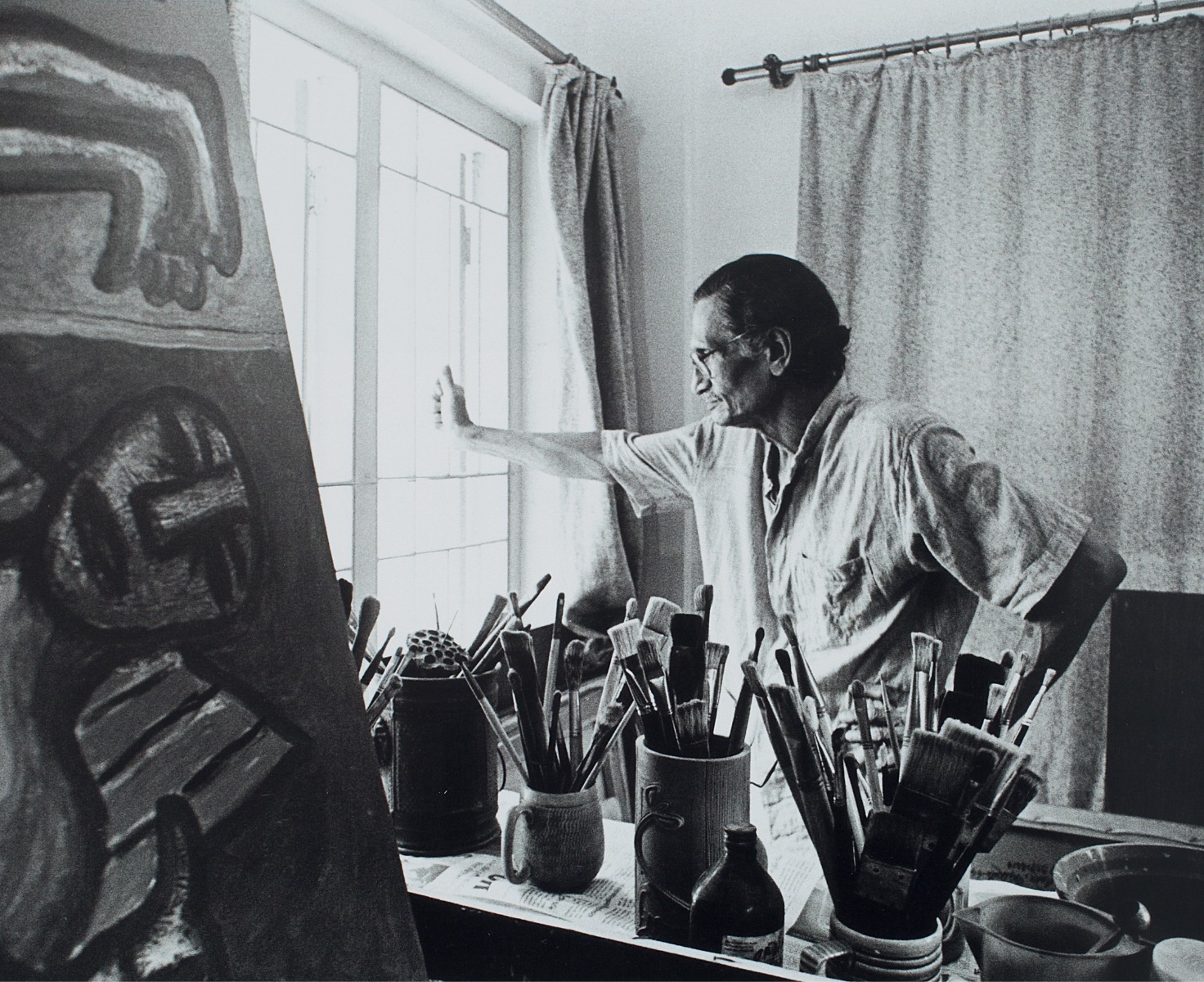

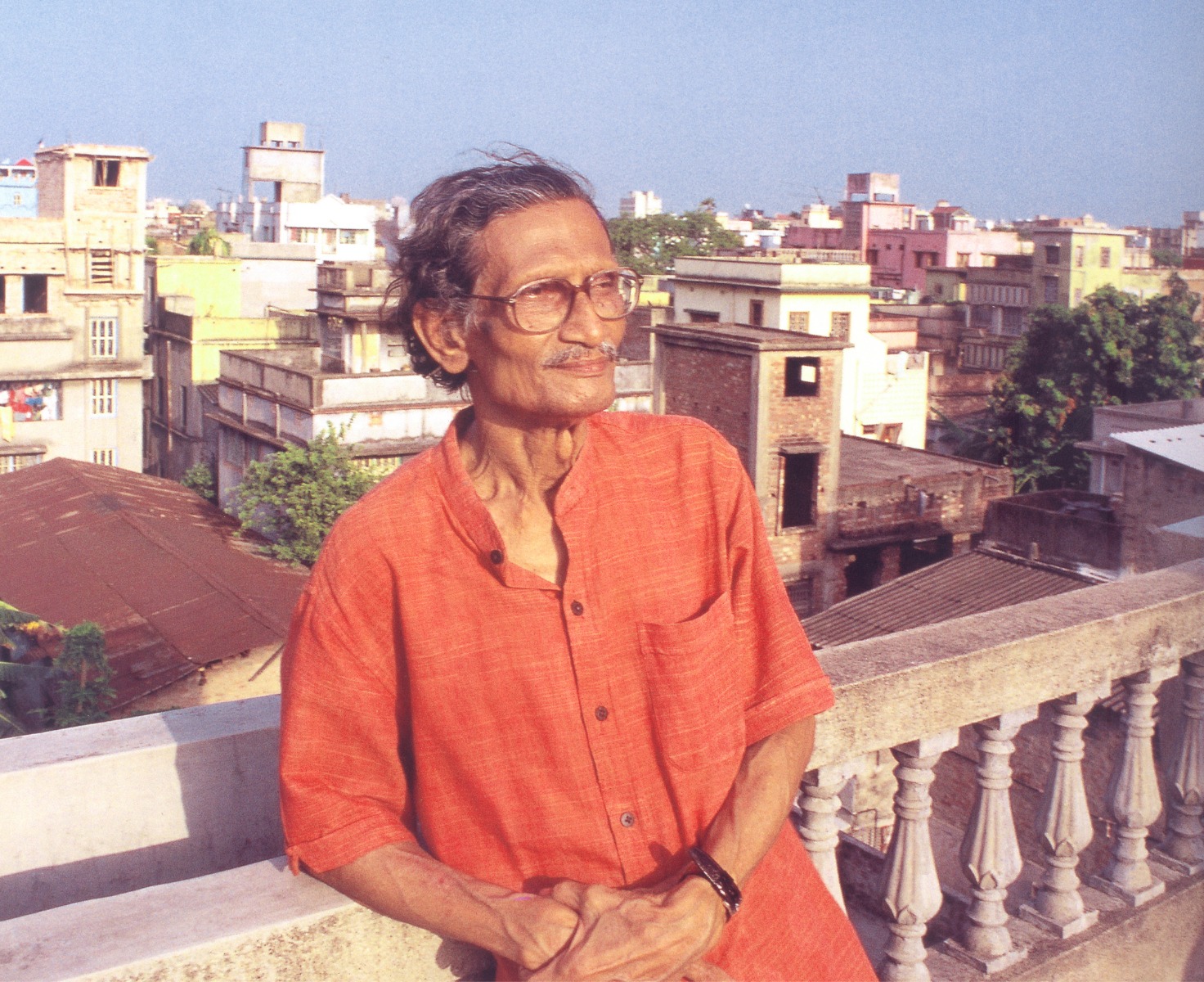
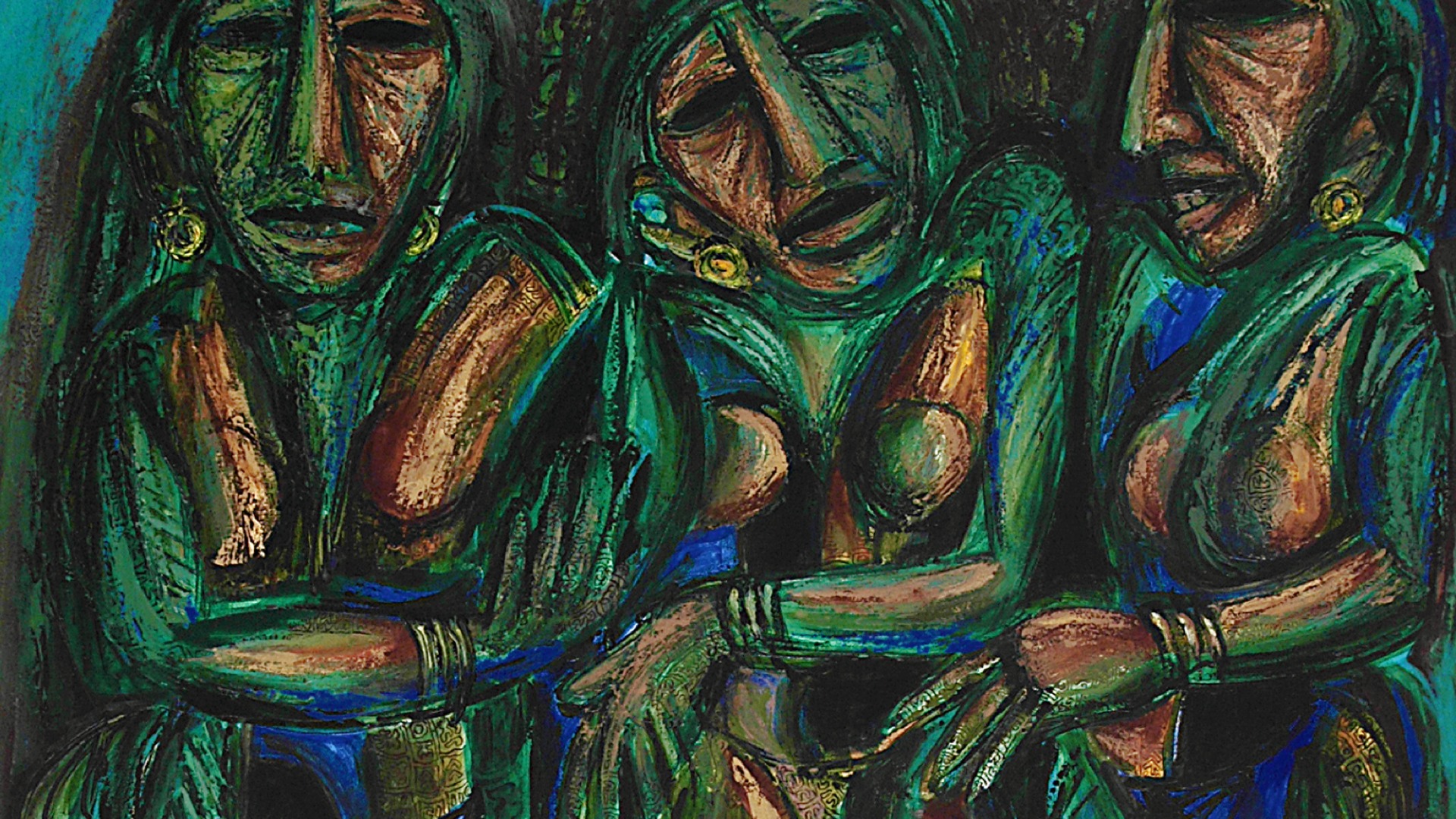
‘I will go on painting and exhibiting, and that is not for awards’
RABIN MONDAL
artist timeline
artworks
dag exhibitions
|
‘After the Fall: The Life and Art of Rabin Mondal’ |
|
DAG, New Delhi, 2005 |
|
The ‘Manifestations’ series of 20th Century Indian Art, Editions V, VI, VII, VIII, IX, X, XI |
|
DAG, New Delhi and Mumbai, 2011-14 |
|
‘Indian Landscapes: The Changing Horizon’ |
|
DAG, New Delhi, 2012 |
|
‘The Printed Picture: Four Centuries of Indian Printmaking’ |
|
DAG, New Delhi, 2012; Mumbai, 2016; alternate locations in Kolkata, 2013; Jaipur, 2017; Chandigarh, 2018 |
|
‘Kingdom of Exile: A Rabin Mondal Retrospective’ |
|
DAG, New Delhi, 2014; Mumbai, 2015; New York, 2016 |
|
‘The Art of Bengal’ |
|
DAG, New Delhi, 2012; Mumbai, 2014; New York, 2016 |
|
‘Indian Abstracts: An Absence of Form’ |
|
DAG, New Delhi, 2014; Mumbai and New York, 2015 |
|
‘Indian Portraits: The Face of a People’ |
|
DAG, New Delhi and Mumbai, 2014 |
|
‘Indian Divine: Gods & Goddesses in 19th and 20th Century Modern Art’ |
|
DAG, New Delhi and Mumbai, 2014 |
|
‘India Modern: Narratives from 20th Century Indian Art’ |
|
DAG, New York, New Delhi, Mumbai, 2015; Chandigarh, 2017 |
|
‘The Naked and The Nude: The Body in Indian Modern Art’ |
|
DAG, New Delhi, 2013; Mumbai, 2015 |
|
‘The Sixties Show’ |
|
DAG, New Delhi and Mumbai, 2020 |
|
‘Navrasa: The Nine Emotions of Art' |
|
DAG, Mumbai and New Delhi, 2020-21 |
|
‘Indian Blue: From Realism to Abstraction’ |
|
DAG, New Delhi, 2021 |
|
‘Iconic Masterpieces of Indian Modern Art’ |
|
DAG, Mumbai, 2021 |
|
‘New Found Lands: The Indian Landscape from Empire to Freedom’ |
|
DAG, New York, 2021; Mumbai, 2021-22 |
|
‘Primitivism and Modern Indian Art’ |
|
DAG, Mumbai, 2019; New York, 2020; Delhi, 2021-22 |
|
'Kali: Reverence and Rebellion' |
|
DAG, New Delhi and Mumbai, 2024 |
notable collections
|
National Gallery of Modern Art, New Delhi, India |
|
Lalit Kala Akademi, New Delhi, India |
|
Academy of Fine Arts, Kolkata |
|
Birla Academy of Arts and Culture, Kolkata |
|
Rabindra Bharati University, Kolkata |
|
Rajya Charukala Parshad, Department of Information and Cultural Affairs, Government of West Bengal, Kolkata |
|
Tata Engineering and Locomotive Works, Jamshedpur |
|
Madhavan Nair Foundation, Ernakulam |
|
Tractors India Limited, Kolkata |
|
The Times of India, Mumbai |











